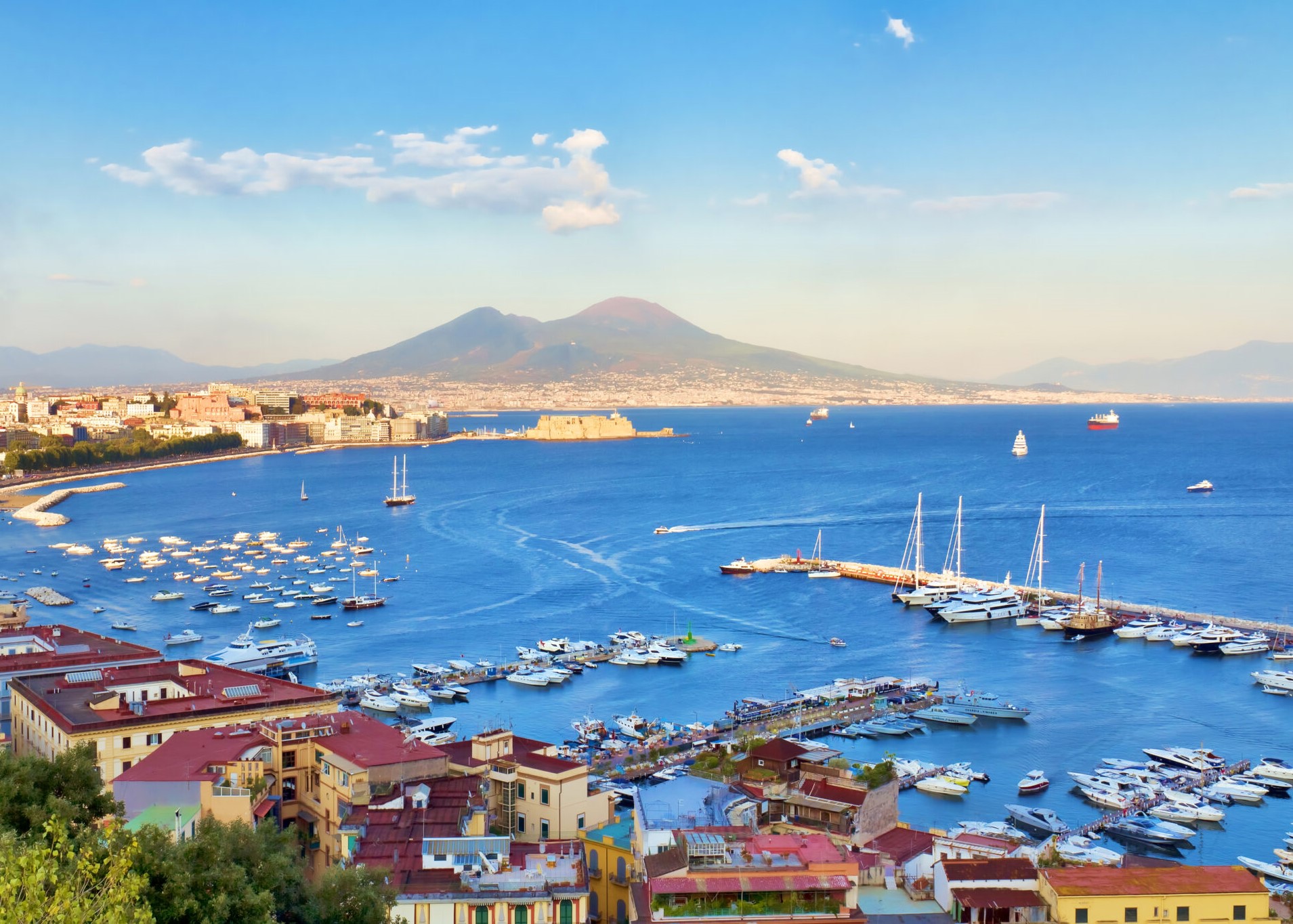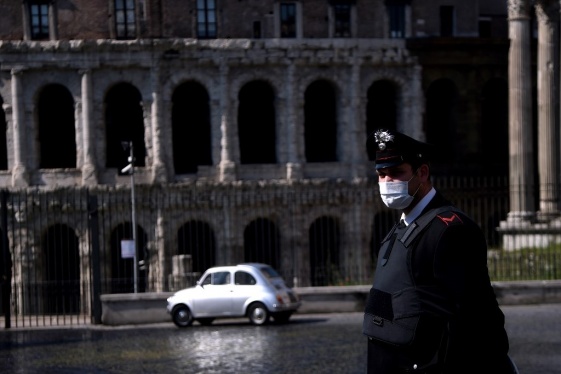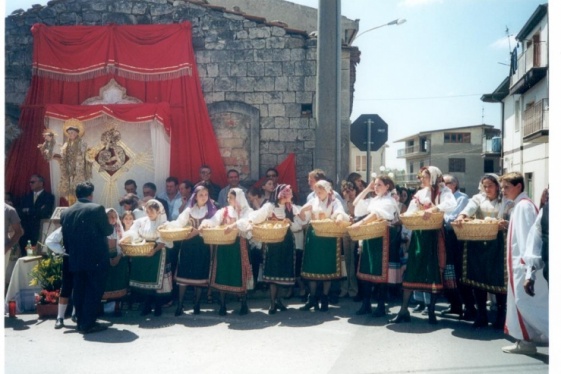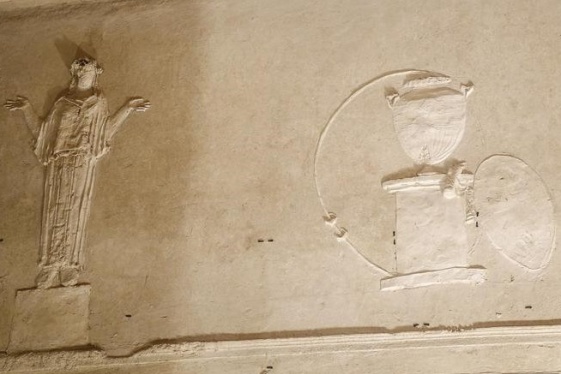

BY: Giulia Franceschini
To most of us, Mount Vesuvius is at once a beautiful postcard and a deadly killer. We can’t forget the magic of a Neapolitan landscape, with the city gently laying on the waters of its gulf and Mount Vesuvius, sometimes pictured with a thin pinnacle of smoke flowing out of its main crater, embracing everything like a burly, but loving father.
And then, there is Pompeii. The eruption of 79 AD obliterated four cities, Pompeii, Herculaneum, Oplontis, and Stabiae from the face of the Earth, under a cloud of ashes, stones, and scorching hot gases that reached a height of 21 miles. Some 2.000 people, at the very least, died. All we know about those days comes from the letters that Pliny the Younger wrote to Tacitus. His uncle, Pliny the Elder, famous author of the Naturalis Historia, had traveled to Stabiae during the eruption and perished while trying to save people.
SOURCE: https://italoamericano.org
You may be interested
-
Arnaldo Trabucco, celebrated medical practit...
Arnaldo Trabucco, MD, FACS is a leading urologist who received his medical training at ins...
-
Musement, the Italian App to travel “as you...
by Claudia Astarita Musement – the Italian innovative online platform – has launc...
-
'A piece of flying Italy around the world': T...
Ciao ciao, Alitalia. Italy's storied flag carrier has announced it will no longer issue ti...
-
'A summer without travel': How long will Ital...
As the Italian government prepares to bring in “phase two” of the national lockdown measur...
-
'A Ziarella va in America: tournèe in Arizona...
‘A Ziarella va in America. Non è un titolo da film, ma una piacevole realtà. Il...
-
'Basilica of Mysteries' reborn in Rome
The so-called 'Basilica of the Mysteries' has been reborn in Rome. The basilica, one of th...
-
'Beautiful' Italian lake hides a 'mysterious'...
Water can hide all kinds of secrets. But while shipwrecks and sea creatures might be expec...
-
'Dragon Bones' of Santa Maria e San Donato
The Basilica of Santa Maria e San Donato dates to the seventh century, back when the islan...










